Your kitchen is one of the busiest places in your home. It’s also one of the most important rooms since it’s where you cook all your meals. That means that it’s important to keep your kitchen floor and walls with tiles clean and sparkling! This article will discuss how to clean tiles in the kitchen quickly and easily. It will also provide some tips for keeping your kitchen floor and walls looking their best!
Different Types of Kitchen Tiles
Kitchen tiles come in many shapes, sizes, and materials. Depending on the look you want to achieve, there is a wide variety of tiles available to choose from:
- Ceramic tile: Ceramic tile is one of the most popular options for kitchen floors and walls. It’s strong, durable, stain-resistant, and easy to clean. Ceramic tiles come in a variety of colors, textures, shapes, and sizes;
- Porcelain tile: Porcelain is another popular choice for kitchen walls and floors due to its durability and strength. It’s more resistant to scratches than ceramic tile and comes in a variety of colors and finishes;
- Natural stone tile: Natural stone tiles such as marble, granite, slate, or travertine are beautiful choices for kitchens. They’re all very durable materials that can last a lifetime with proper care. Natural stones also come in different colors and patterns which make them perfect for creating unique looks in the kitchen;
- Glass tile: Glass tiles can be used on both walls and floors and come in a variety of colors, shapes, and sizes. They’re great for creating an eye-catching backsplash or accent wall in the kitchen;
- Mosaic tile: Mosaic tiles are small pieces of glass, ceramic, stone, or other materials that can be used to create interesting patterns on walls or floors. They’re perfect for adding some unique style to your kitchen;
- Metal tile: Metal tiles such as stainless steel, copper, or brass can add a modern look to your kitchen. These tiles are usually used as accents but can also be used on walls and floors for an edgy look;
- Natural wood tile: Natural wood tiles provide a warm and cozy look to any kitchen. They’re available in a variety of colors and finishes to suit any style. Wood tiles are also easy to clean and maintain;
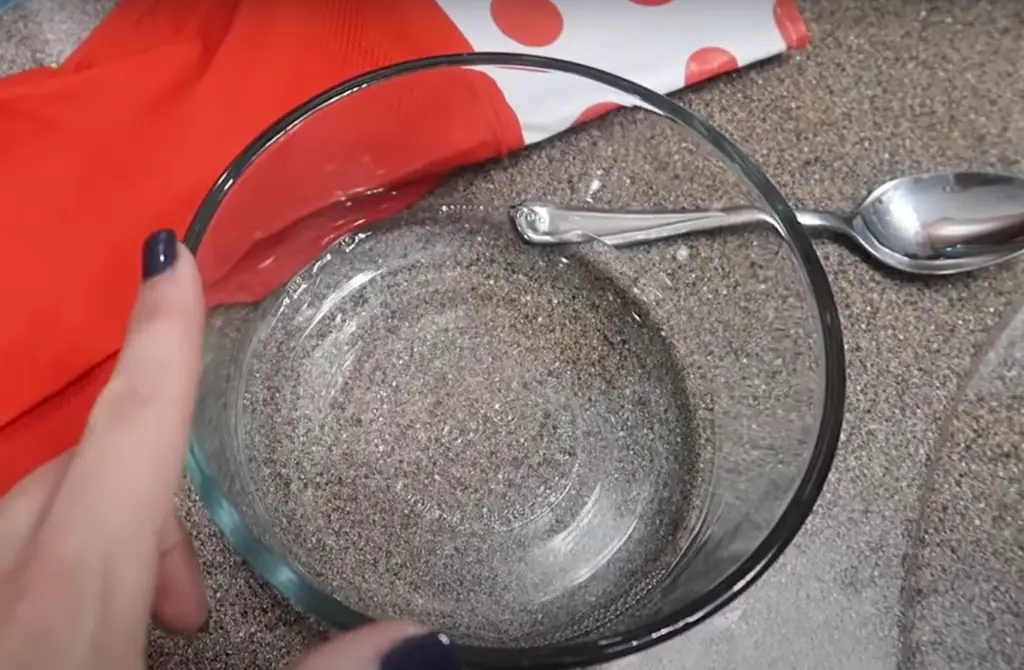
No matter what type of tile you choose for your kitchen, it’s important to make sure that the material is compatible with the area where it will be installed. Proper installation is key to ensuring that your kitchen looks great for years to come [1]!
Why Use Tiles in The Kitchen?
Tiles are usually used in the kitchen for both aesthetic and practical reasons. From a visual standpoint, tiles can add a unique and beautiful look to your kitchen while also providing a durable surface that’s easy to clean. Tiles are also great for creating interesting patterns, textures, and designs. On the practical side, tiles offer superior moisture resistance when compared with other options such as vinyl or linoleum flooring. This makes them ideal for installing in areas of your kitchen where there is a likelihood of spills or high levels of humidity – such as near the sink or stovetop – as they will not absorb liquid like wood or carpet might.
A quick mop or sweep is usually all that’s needed to keep them looking good as new. They won’t scratch or dent like some other materials might, so you don’t have to worry about replacing them anytime soon either. Finally, many types of tiles are quite fire-resistant and can provide an added level of safety in your home if a grease fire were to occur in your kitchen. All these factors combined make tiles an excellent option for your kitchen [2].
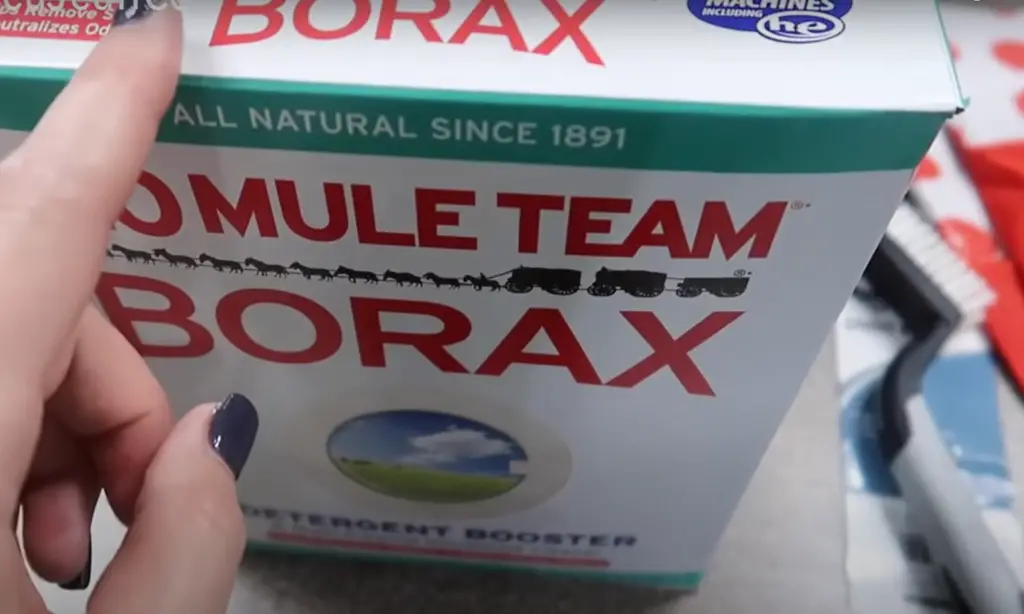
What Are the Best Kitchen Tile Cleaners?
Tiles in the kitchen can accumulate dirt, grease, and bacteria more quickly than in other areas of the home. To keep your kitchen sparkling and germ-free, use a dedicated tile cleaner that is designed to cut through tough stains. Tiles in the kitchen can be cleaned by different methods, although the best way to do this is with an appropriate tile cleaner.
Commercial products are typically more effective at removing tough stains than natural solutions, and many are designed for use on all types of surfaces. These products often contain powerful disinfectants that can kill germs and bacteria, but it is important to read the instructions carefully before using them to ensure they won’t damage your tiles. For best results, use a separate brush or sponge specifically designated for tile cleaning to avoid cross-contamination with other household surfaces [3].
Here’s How You Can Go About Cleaning Your Kitchen Tiles:
Clean using White Vinegar
White vinegar is an effective cleaning agent for kitchen tiles. Mix equal parts of white vinegar and warm water in a bucket and use a mop to scrub the tiles. This mixture should be able to remove dirt, grease, and grime. Rinse the tiles with clean water after scrubbing and dry them off with a soft cloth.
Clean using Baking Soda
Baking soda is also an effective cleaner for kitchen tiles. Combine a quarter of a cup of baking soda and warm water in a bucket. Using a mop or sponge, gently scrub the tiles with this mixture until all the dirt has been removed. When done, rinse thoroughly with clean water and buff the tiles with a polishing cloth for extra shine.
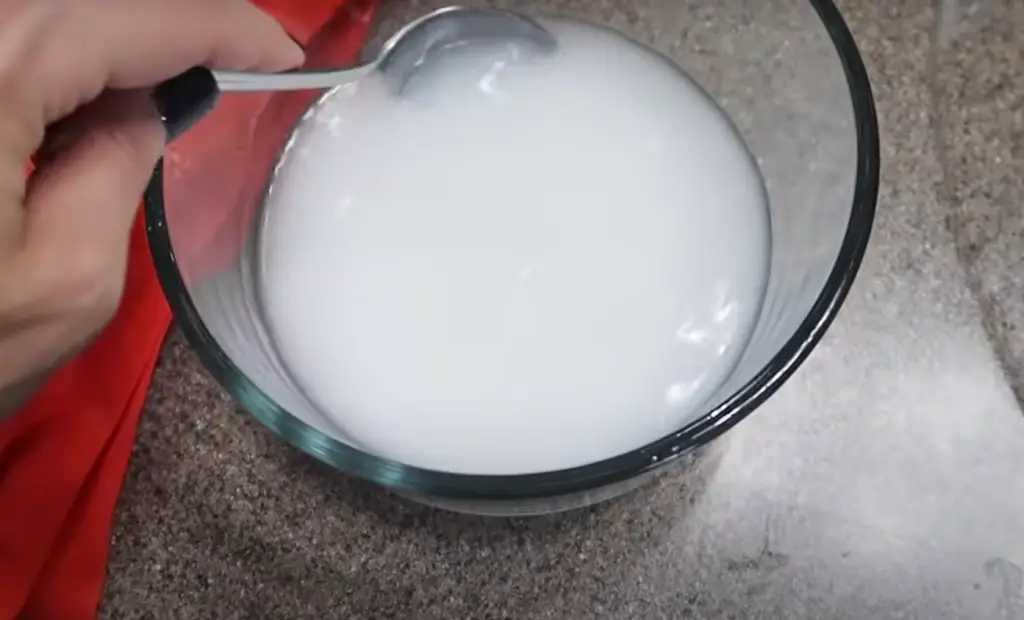
Clean using Dish Soap
Dish soap is great for cleaning kitchen tiles as it is gentle yet effective at removing dirt and grime from the surface. Mix one tablespoon of dish soap with a gallon of warm water in a bucket. Gently scrub the tiles with a mop and rinse thoroughly after cleaning. For extra shine, buff the tiles using a polishing cloth.
Clean Using Hydrogen Peroxide
Hydrogen peroxide is also an effective cleaner for kitchen tiles. Mix one part hydrogen peroxide and two parts warm water in a bucket and use a mop to scrub the surface of the tile. Rinse off the hydrogen peroxide solution once done and buff the area with a polishing cloth for extra shine.
Clean with Lemon Juice
Lemon juice is a natural cleaner and can be used to clean kitchen tiles. To use, combine one part lemon juice with one part warm water in a bucket. Use a mop or sponge to scrub the tiles gently until all dirt and grime have been removed. Rinse off the lemon juice solution with clean water once done and buff the area for extra shine.
Clean using Ammonia
Ammonia is also an effective cleaner for kitchen tiles. However, it should be used sparingly as it can be harsh on some surfaces. To use, combine equal parts of ammonia and warm water in a bucket and use a mop to scrub the surface of the tile. Rinse off with clean water when done and buff the area with a polishing cloth.
Clean Using Borax
Borax is an effective cleaner for kitchen tiles and can be used to remove stubborn dirt, grease, and grime. To use, mix one part borax with four parts of warm water in a bucket. Use a mop or sponge to gently scrub the tiles until all dirt has been removed. Rinse off the borax solution with clean water once done and buff the area with a polishing cloth for extra shine [4].
Regular Maintenance on Your Kitchen Tiles
Regular maintenance on kitchen tiles is essential to maintain their aesthetic appeal and durability over time. Here are some tips to help you keep your kitchen tile floors looking great:
- Vacuum or sweep the floor at least once a week. This helps remove any dirt, dust, and debris that may have accumulated on the surface of the tiles;
- Clean your tiles regularly with a mild detergent and warm water solution. Make sure to avoid using harsh chemicals like bleach or ammonia-based products, as these can damage the sealant of your tile floors and lead to discoloration or deterioration over time;
- Seal your kitchen tiles every two years with a high-quality sealant designed for ceramic or porcelain tiles. This will help protect your tiles from staining, scratching, and wear and tear;
- If you notice any chips, cracks, or other damage to your kitchen tile floors, have them professionally repaired as soon as possible;
- For extra shine and protection, use a wax polish every few months on unglazed tiles only. This will help keep your floors looking like new for years to come;
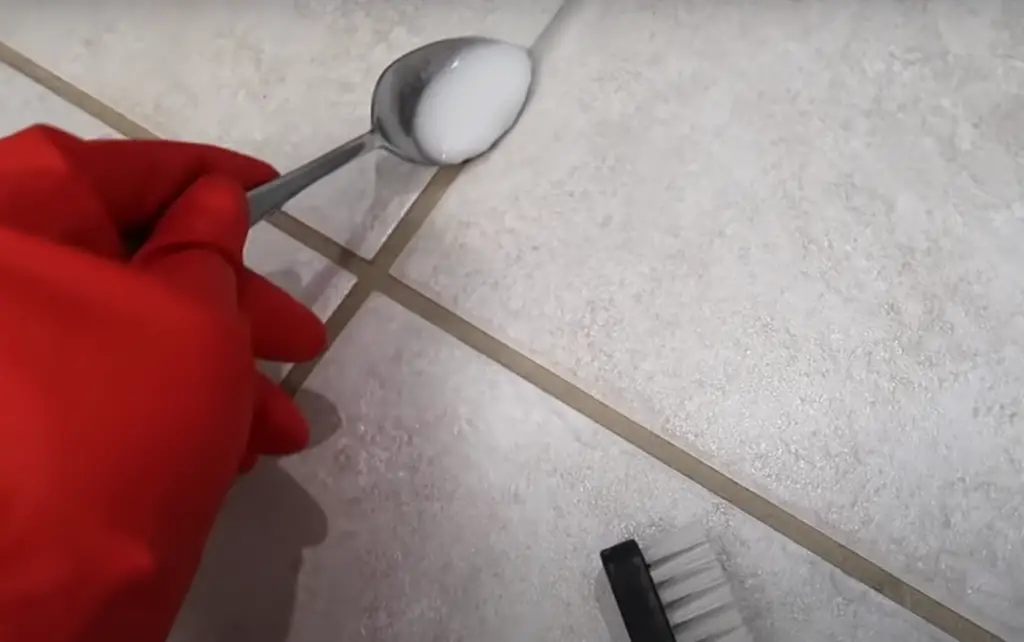
Following these tips will ensure that your kitchen tiles remain in tip-top condition for years to come. Taking the time for regular maintenance now can save you money in the long run by preventing costly repairs down the road.
Kitchen Tiles vs Wallpapers
Both kitchen tiles and wallpapers can be used to transform the look of a kitchen. Each has distinct advantages, so it’s important to consider your design preferences and budget when deciding which is best for you. Tiles are ideal for kitchens that need to withstand a lot of moisture or heat, such as near the sink or cooking areas. They are also very easy to clean and maintain. Tiles come in all shapes, sizes, colors, and materials, making them incredibly versatile decorating elements that can help create any style desired. However, they are more expensive than wallpaper and require professional installation.
Wallpaper is an excellent way to add color, texture, and pattern to a kitchen without spending too much money. Wallpapers come in a variety of styles and colors, making it easy to create the look you want. It is also much easier to install than tile. The downside is that wallpaper can be damaged by water or steam, so it’s not suitable for parts of the kitchen where moisture or heat are present. Additionally, wallpaper can fade over time if exposed to too much light. In short, both tiles and wallpapers have their pros and cons. Ultimately, the best choice depends on your budget, design preferences, and the size and layout of your kitchen [5].
FAQ
What is the best thing to clean kitchen tiles with?
The best way to clean kitchen tiles is to use a blend of baking soda and white vinegar. Mix equal parts of the two ingredients and apply them directly onto the tile surface. Let it sit for a few minutes, then scrub it with a brush or cloth before rinsing it with hot water. You can also add some dish soap to the mixture if needed for tougher stains. For more stubborn grime, you may need to use an abrasive cleaner or try steam cleaning. Be sure to read all product labels carefully and test on a discreet area first before using any chemical-based cleansers.
How often should I replace my kitchen tiles?
Generally speaking, you should inspect your tiles every few years for any loose grout or damage, and replace them when necessary. If you’re not sure about how often to replace your kitchen tiles, you can always consult with a professional tile installer who will be able to give you a better estimate of the best timeline for new installation.
Can I clean my kitchen tiles with bleach?
It is not recommended to use bleach on kitchen tiles, as it can be damaging to the surface. Bleach is an abrasive chemical and can cause discoloration or fading of the tile over time. Instead, opt for a mild soap or detergent mixed with warm water, which should help remove most dirt and debris without causing any damage. For tougher stains and grime, you may need to use a stronger cleanser such as baking soda and white vinegar, or an abrasive cleaner. Be sure to read all product labels carefully before using any chemical-based cleansers.
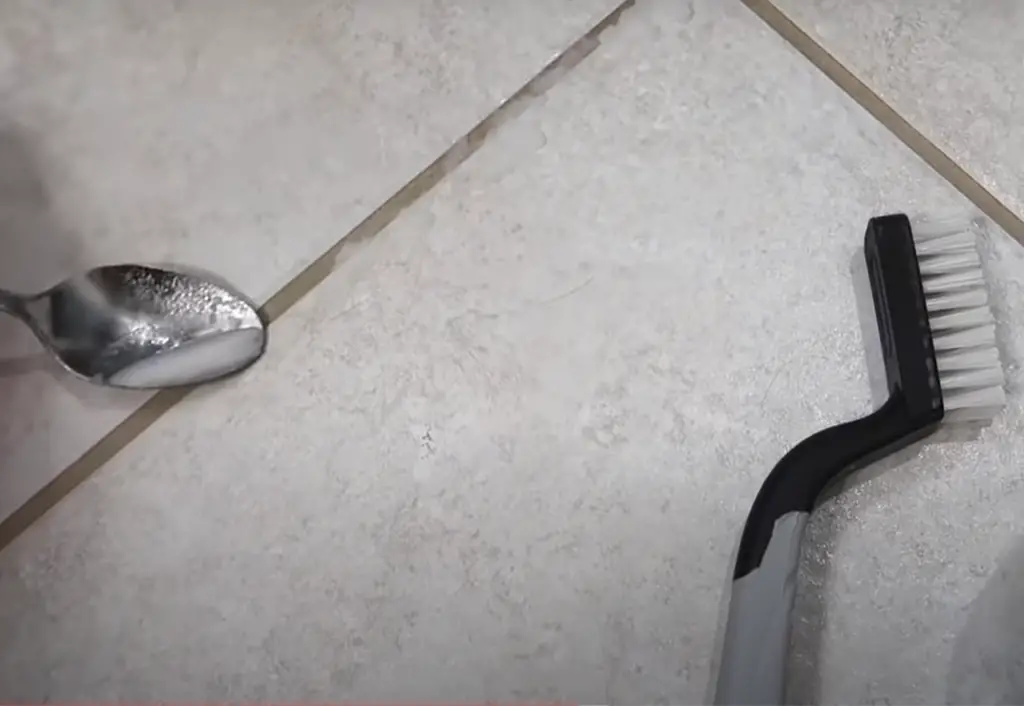
Are kitchen tiles easy to maintain?
Kitchen tiles are generally very easy to maintain if properly cared for regularly. Cleaning should be done regularly with gentle cleaners, and grout should be inspected every few years for any damage or loose pieces. Sealing the tile can help extend its life, though it is best to consult a professional before doing so. If you’re looking for a low-maintenance option, opt for natural stone tiles such as granite or marble which are more durable and require less upkeep over time.
Can I use kitchen tiles on my bathroom floor?
Yes, you can use kitchen tiles in your bathroom. However, it is important to ensure that the tile material is suitable for a wet environment such as the bathroom. Certain materials like ceramic or porcelain may be more resistant to moisture than others like natural stone and should therefore be used with caution. Additionally, always make sure to seal your tile before installing and regularly inspect grout lines for any damage or debris buildup.
Useful Video: AMAZING GROUT CLEANER for Kitchen, Bathroom Floors & Shower! (Best Cleaning Hack)
Conclusion
Cleaning and maintaining kitchen tiles is an important task that should not be overlooked. Regularly cleaning kitchen tiles can help extend the life of your tiles and ensure their health. When it comes to cleaning kitchen tiles, there are several products and tips to keep in mind. Depending on the type of tile you have, you may need specialized cleaners or grout sealers to ensure a good clean. Additionally, regular maintenance such as wiping up spills immediately and avoiding harsh scrubbing can help protect your kitchen tiles from damage over time. With proper care, kitchen tiles will remain beautiful for years to come!
References:
- https://goodguyflooring.com/blogs/home-improvement-blog/porcelain-ceramic-stone-tile-types-and-best-uses
- http://squarefootceramics.com/news/title/kitchen-ceramic-tiles
- https://www.bobvila.com/articles/best-tile-cleaner/
- https://fantasticcleaners.com.au/blog/easy-ways-to-clean-kitchen-tiles/
- https://www.tiling-courses.co.uk/why-wall-tiles-in-the-kitchen-are-better-than-paint-or-wallpaper/













Leave a Reply